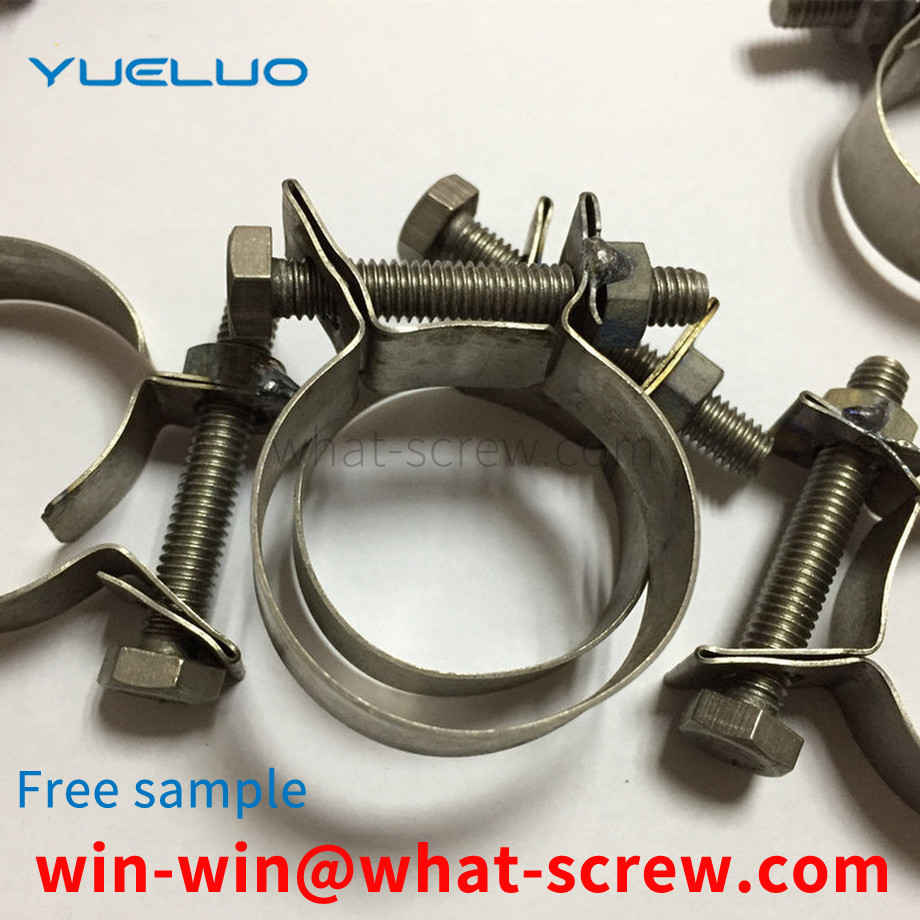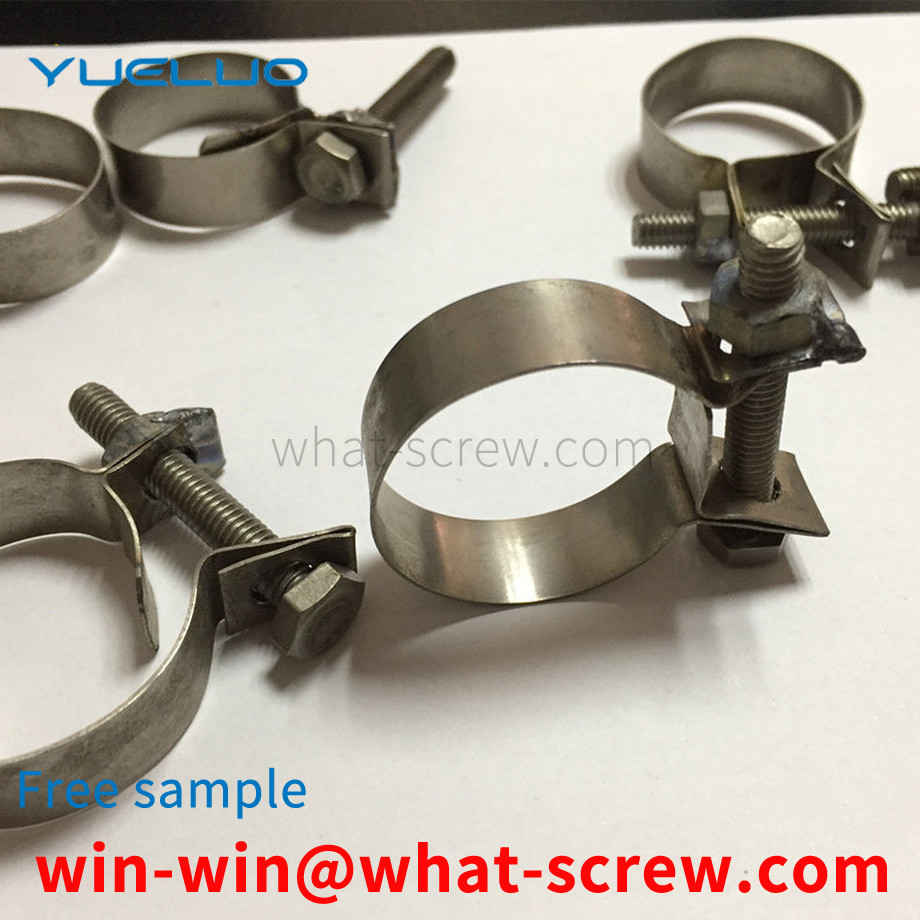Ordinary thread Ordinary coarse thread: Feature code M+ Nominal diameter + Rotation + thread tolerance zone code (pitch diameter, top diameter) - Rotation length Ordinary fine thread: Feature code M+ Nominal diameter * thread pitch + direction of rotation + thread tolerance With code (middle diameter, top diameter) - the length of screwing is omitted for right-handed threads, and the left-handed thread is represented by LH. M 16-5g6g means coarse thread ordinary thread, nominal diameter 16, right-handed, the thread tolerance zone is 5g in the middle diameter and 6g in the major diameter, and the screwing length is considered as the medium length. M16×1 LH-6G means fine thread ordinary thread, nominal diameter 16, pitch 1, left-handed, thread tolerance zone medium diameter and major diameter are both 6G, and the screwing length is considered as medium length. The labeling format is: feature code (cylindrical pipe thread is represented by G, conical pipe thread is represented by NPT) + size code + tolerance grade code + rotation direction G1A--LH represents inch non-threaded sealing pipe thread, size code 1in, left-handed, tolerance The grade is A grade. Rcl/2 means inch thread seal taper pipe thread, size code 1/2in, right-handed.
Yueluo also provides a thin plate rivet structure, which includes a metal thin plate and a rivet. The metal sheet is provided with a riveting hole; the riveting piece is penetrated in the riveting hole, the outer edge of the riveting piece is provided with an occlusal structure, and the inner edge of the riveting hole is embedded with the occlusal structure. A deformation groove is provided on the metal sheet, and the deformation groove is adjacent to the rivet hole.
The shaft and gear of financial self-service equipment are often connected by elastic straight groove cylindrical pins. When repairing, the traditional disassembly method is to use the shaft and gear as components. After disassembling together, align the punch with the elastic pin by hand, and use a hammer to remove the elastic pin. Pin out. With this disassembly method, the human hand is easily injured, and the disassembly efficiency is low.
High-strength fastener materials mainly include ML35, 35K, ML40Cr, ML35CrMo steel, etc., of which 75ML35CrMo steel is imported. The main problems of the material are box segregation, decarburization, cracks and so on. The material needs to be spheroidized and annealed before cold forming, and the annealing is carried out in an oil furnace. There is no protective atmosphere in the furnace, and there is a decarburization phenomenon. 1.2 The high-strength fasteners, mainly grade 12.9, are quenched and tempered on the chain casting furnace production line. The temperature and atmosphere in the furnace are controlled by computer, and Rx gas is used as a protective atmosphere. Heating and anti-oxidation and decarburization can be effectively controlled, and the quality of the fasteners is intact during the heating process. The high-strength fasteners mainly of grade 8.8 are quenched and tempered on the vibrating hearth furnace. Affected by the structure of the vibrating hearth furnace, the sealing performance of the furnace is poor, the Rx atmosphere is not easy to control, the temperature difference of the furnace is large, and the parts are heated in the furnace. The collision and the length of time are inconsistent, and the quality of the fasteners during the heating process is poor, and there are phenomena such as decarburization, bumps, and uneven heating.
Self-tapping screws were introduced into the industry in large numbers in 1914. The earliest design (essentially imitating a wood screw) was a thread-forming screw made of hardened steel with an A-ended end, mainly used to connect sheet metal channels for heating and ventilation systems. Therefore, it is also called: sheet metal screw. By the end of the 1920s, with the widening of the market and new applications, emphasizing new designs, its application performance was widely improved. The following introduces the four different stages of the development of self-tapping screws in 40 years: thread forming self-tapping screws, thread cutting self-tapping screws, thread rolling self-tapping screws and self-drilling self-tapping screws. 1. Ordinary self-tapping screws (thread forming self-tapping screws) Ordinary self-tapping screws are a direct product of early sheet metal screws. The principle is: when screwing it into a prefabricated hole, the internal thread connected to the screw is formed by the displacement of the material around the hole and the material is pushed into the space between the threads. 2. Self-cutting self-tapping screws (thread cutting self-tapping screws) Because ordinary self-tapping screws are formed only in very thin threads. And it can be easily realized on materials with good toughness. Develop and expand the use of self-tapping screws to thicker sections and harder, brittle and other materials with poor deformability. In this way, the self-cutting self-tapping screw is developed: a cutting groove or cutting edge is machined at the end of the screw shank. When this kind of screw is screwed into the prefabricated hole, the screw acts as a tap and actually cuts out the thread that connects with itself. 3. Self-Extrusion Self-Tapping Screws (Thread Rolled Self-Tapping Screws) In the early 1950s, fastener engineers began to recognize the potential advantages of self-tapping screws as structural rather than just lightly loaded attachments. This has led to the development of a new self-tapping screw thread rolling self-tapping screw (self-extrusion self-tapping screw). According to the design principle of cold forging taps, the thread and end are specially designed for this kind of screw, so that the screw can be formed by applying intermittent and periodic pressure on the crest of its thread instead of on the side of the entire thread. Internal thread for connection. By concentrating and limiting the forming pressure, the pressurized material next to the hole is made to flow more easily and to better fill (squeeze) into the flanks and roots of the thread of the self-tapping screw. Since the frictional resistance of screwing in is much lower than that of ordinary self-tapping screws, threaded rolling self-tapping screws (self-extrusion self-tapping screws) can be screwed into thicker sections. At the same time, it has better screw control and tightening torque, and greatly improves the connection strength and overall firmness. The engineering standard of this kind of self-tapping screw stipulates that the selection of materials, the mechanical properties of heat treatment and the working performance should be strictly controlled. 4. Self-drilling and self-tapping screws (self-drilling screws) People have done statistics: Among the ten expenses that constitute the total assembly cost, the highest one includes the processing of holes. In practical applications of self-tapping screws, prefabricated holes need to be processed. Moreover, in order to make the prefabricated holes have good effect in practical application, the size of these holes must be controlled within a fairly strict range. In the early 1960s, self-drilling and self-tapping screws appeared. A major step forward in reducing assembly costs by eliminating the need to machine prefabricated holes. In general, self-drilling and self-tapping screws realize drilling, tapping and tightening in one operation. These are the four main stages of self-tapping screw design and development. In addition, two newly developed products are also worthy of introduction. Both are screws with a special thread type. One is designed for plastic and other low-strength materials; the other is used in the construction industry to connect cement wall panels, so it is also called wall panel self-tapping screws.
We have many years of experience in the production and sales of screws, nuts, flat washers, etc. The main products are: Type 1 Hexagonal Slotted Nuts, Double-ended Screw Nuts, Ingot Butterfly Bolts, Set Boxed Screws and other products, we can provide you with suitable products for you. Fastener Solutions.



















 Service Hotline
Service Hotline




